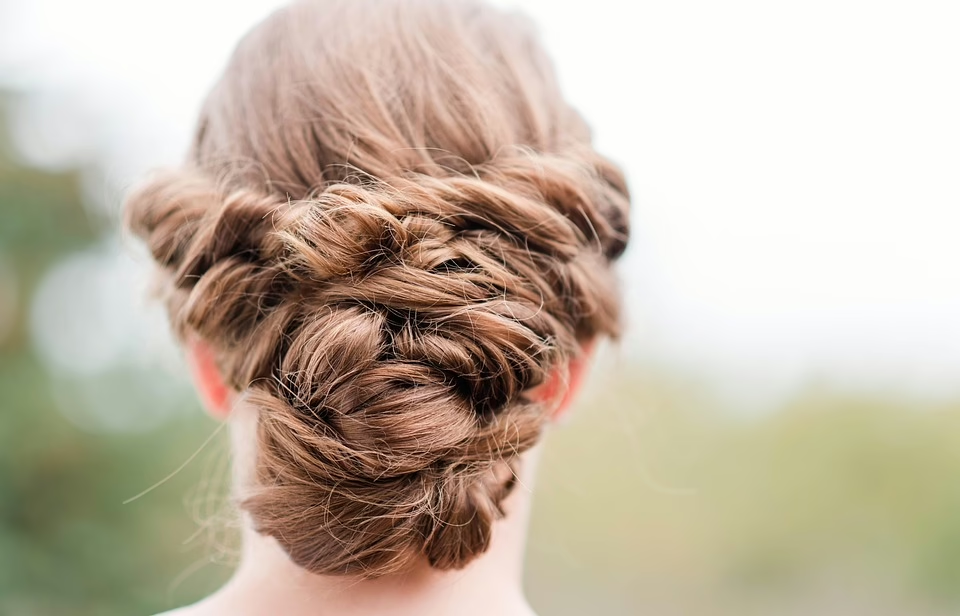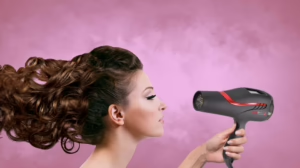The Art of the Boys’ Haircut: Tips for Parents and Stylists
Haircuts are more than just grooming; they are a form of self-expression, identity, and cultural influence. For boys, the right haircut can significantly boost their confidence and help them explore who they are. This article delves into the intricacies of boys’ haircuts, offering valuable tips for both parents and stylists to ensure each haircut is a positive experience.
Understanding Boys’ Haircuts
Haircuts for boys have evolved tremendously over the years, influenced by trends, cultural shifts, and personal style preferences. From the classic buzz cut to trendy fades and textured styles, understanding these different types of cuts is essential for parents and stylists alike.
Common Styles
-
Buzz Cut:
A classic, low-maintenance style achieved by clipping hair to a uniform length. Ideal for active boys or those who prefer a clean look. -
Crew Cut:
Another short hairstyle, the crew cut leaves more length on top while keeping the sides tapered. This versatile style suits various face shapes. -
Fade:
The fade is characterized by a gradual change in length from short on the sides to longer on top. It has gained immense popularity and allows for creative expression through different lengths and textures. -
Textured Crop:
This involves short sides with a textured top, making it a trendy choice for boys who prefer a more modern look. Texturizing products can enhance this style. -
Longer Styles:
Styles such as the bowl cut, shag, or even long hair can offer individuality and distinctiveness. These require more maintenance but can set a boy apart.
Factors to Consider
When it comes to selecting a haircut, several factors should be taken into account:
-
Face Shape: Certain cuts complement specific face shapes. For example, rounded faces often benefit from styles with volume on top, while square faces can handle sharper, angular cuts.
-
Hair Texture: Straight, curly, wavy, and coily hair all behave differently. Understanding how a boy’s hair texture interacts with various styles can guide parents and stylists in making the best choice.
-
Lifestyle and Maintenance: Active boys may prefer lower-maintenance cuts, while those interested in fashion might lean towards more intricate styles.
Communication Is Key
Whether you’re a parent or a stylist, clear communication is essential for a satisfactory haircut. Here’s how to ensure everyone is on the same page:
For Parents
-
Involve Your Child:
Discuss haircut options with your son. This empowers him to express his preferences, making the haircut a more enjoyable experience. -
Show Examples:
Utilize images from magazines or online sources. Visual aids can bridge the gap between what a child imagines and what a stylist can accomplish. -
Manage Expectations:
Educate your child about the importance of patience and flexibility. Not all haircuts will look exactly like the picture, due to differences in hair type and growth pattern.
For Stylists
-
Consultation:
Discuss the child’s lifestyle, preferences, and any specific concerns. This establishes a rapport and helps in delivering the desired outcome. -
Use Language that Kids Understand:
Avoid jargon and technical terms when communicating with young clients. Use simple language that resonates with their experiences. -
Showcasing Techniques:
While cutting, explain what you’re doing and why. This can ease anxiety and help the child feel involved in the process.
Tools of the Trade
For both parents and stylists, understanding haircutting tools is crucial in achieving the desired look.
Essential Tools for Stylists
-
Clippers:
Used for short cuts and fades. Invest in a good quality clipper with various guard sizes for flexibility. -
Shears:
High-quality shears are vital for texturing and creating clean lines. -
Combs and Brushes:
Different types of combs are available for detangling and styling, while brushes can help create volume and definition. -
Texturizing Products:
Pomades, gels, and sprays can help enhance styles, especially for textured looks.
Tools for Parents at Home
-
Hair Scissors:
If you’re considering trimming your boy’s hair at home, invest in hairdressing scissors for clean cuts. -
Comb:
A good comb is essential for detangling and sectioning hair during a cut. -
Spray Bottle:
A spray bottle filled with water can help keep hair manageable and easy to work with. -
Clippers for Touch-ups:
For maintaining short cuts, consider having a pair of clippers at home for quick touch-ups between professional cuts.
Safety and Comfort
Safety First
Safety is paramount when giving children haircuts, whether at home or in a salon. Here are some guidelines to follow:
-
Hygiene:
Always ensure tools are clean and sanitized. For salons, using capes can prevent hair from irritating the skin. -
Sharp Tools:
Handle scissors and clippers carefully, especially around children. Ensure your child is calm and still during the haircut. -
Allergies:
For parents, always check for potential allergies when using new hair products. Perform a patch test if you’re unsure.
Creating a Comfortable Environment
-
Distractions:
Use toys, books, or screens to keep children entertained. Music can also create a relaxed atmosphere. -
Comfortable Positioning:
Make sure the child is comfortable in the chair, using pillows if necessary to ensure their head is at an appropriate height. -
Positive Reinforcement:
Praise them before, during, and after the haircut to reduce anxiety and build positive associations.
Maintenance and Care
A haircut’s longevity depends not only on the skill of the stylist but also on how it is maintained after leaving the salon. Here are some tips for both parents and stylists:
Home Maintenance
-
Regular Trims:
Encourage regular visits to the salon based on hair growth. Generally, a trim every 4-6 weeks will keep a style looking fresh. -
Using the Right Products:
Employ age-appropriate styling products to maintain the style while avoiding potential scalp issues. -
Shampooing and Conditioning:
Regular shampooing and conditioning are essential for hair health, which affects how well a haircut looks over time.
For Stylists
-
Product Recommendations:
Suggest products that incorporate the child’s hair type and lifestyle. Recommend brands that are gentle and free of harsh chemicals. -
Demonstrate Home Care:
Show the parents easy styling techniques and how to apply products effectively for at-home maintenance.
Conclusion
The art of boys’ haircuts requires both creativity and communication. Parents and stylists play crucial roles in making the experience enjoyable for young boys. Understanding different styles, engaging in clear communication, ensuring safety, and emphasizing proper maintenance are all essential steps toward achieving that perfect haircut.
As trends continue to evolve, the importance of adapting to new styles and practices remains vital. The relationship between a child and their haircut can positively impact their confidence and self-expression, making it essential for parents and stylists to work together. By embracing creativity, communication, and care, the art of the boys’ haircut can flourish, leading to countless happy and confident young individuals.


























Add Comment